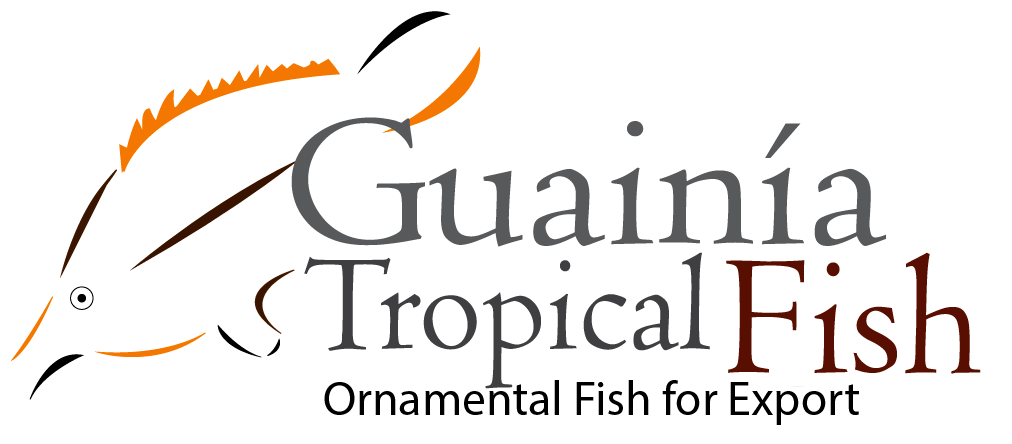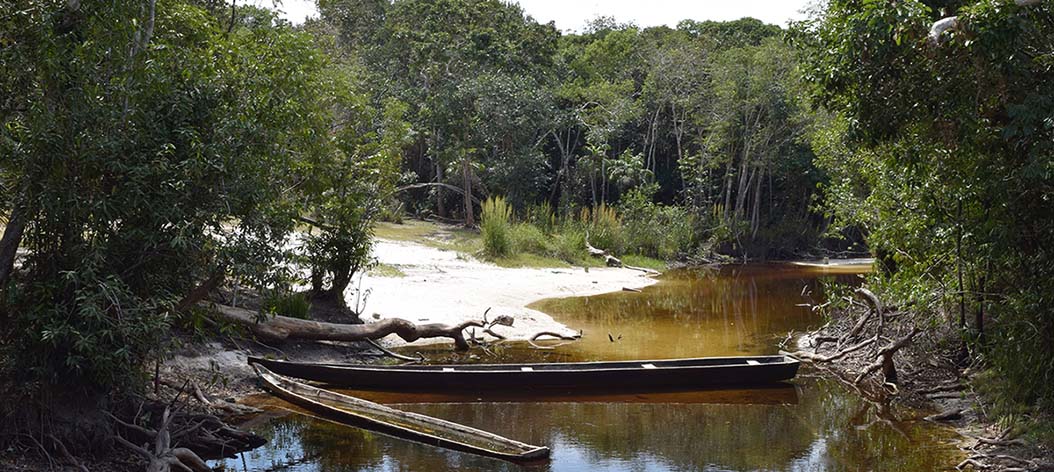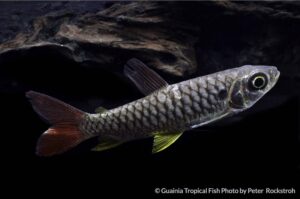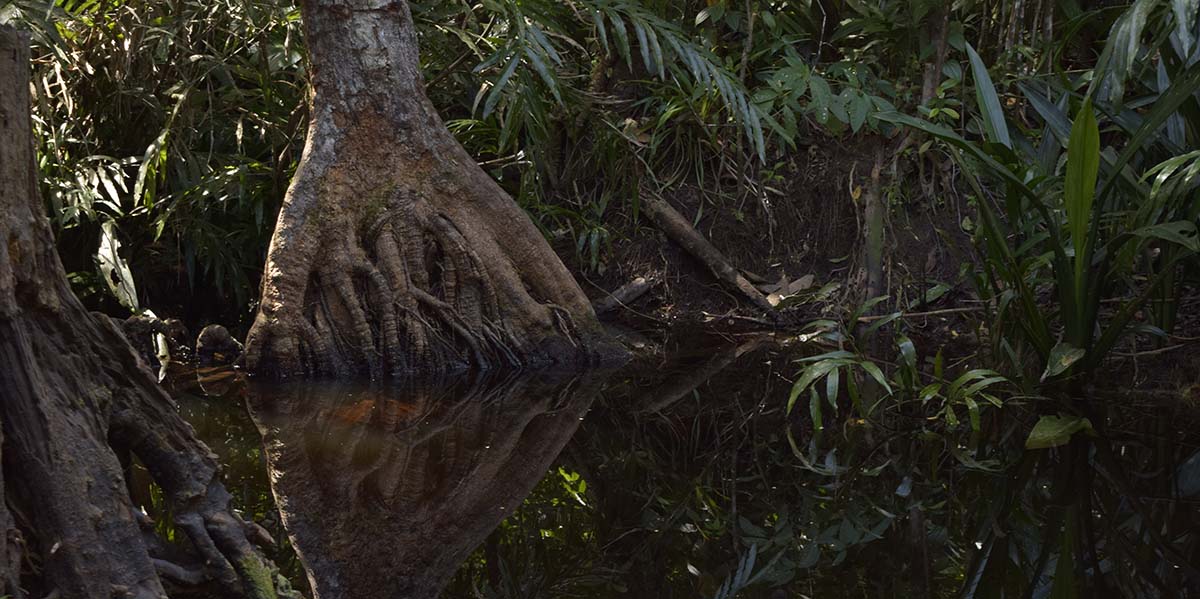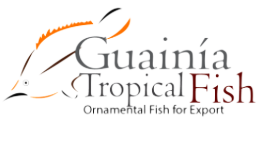The Responsible Aquarist
Aquarist (Taken and modified from: Livengood, E.J. & F.A. Chapman. The Ornamental Fish Trade: An Introduction with Perspectives for Responsible Aquarium Fish Ownership. Document FA124. Department of Fisheries and Aquatic Sciences; UF/IFAS Extension. 2017)
The Guidelines for a Responsible Aquarist are the mentality we expect from everyone involved in this hobby and business. It starts with respect for the animal´s life and understanding and accepting the responsibility of their wellbeing.
The wellbeing of the animals requires fulfilling daily and weekly chores. The person responsible must accept these activities can not be delayed or there will be consequences for the animal´s health.
Regardless of their position in the business value chain, each person responsible for handling animals has the obligation of obtaining all possible information about every species handled, to ensure every animal´s wellbeing. This is valid from collector to aquarist. It is also necessary that all persons involved know the origin of the animals, be it wild-caught or farmed. Although nowadays a large volume of ornamental fish are farmed, many are still wild-collected and, although they are renewable resources, they won´t continue as such if they are not managed in a sustainable manner.
All aquarists should obtain trustworthy information about the source and biology of their fish, their management and care. The information is not always correct, which us why it is so important to obtain basic information about their care before the aquarist prepares his aquarium. Although information may vary from store to store, the important issue is to ask. Acquiring the right information about your species, their origin and physiological requirements, are the first step towards optimal conditions of your fish and understanding their commerce.
The prerequisite for a successfull aquarium is its preparation to receive and maintain animals and plants. Part of this preparation includes understanding the management of water quality. Before introducing the animals to your aquarium you must ensure they have a natural or artificial filtering system that can remove toxic substances, especially ammonia, produced by all aquatic organisms as byproduct of protein metabolism. Your aquarium inmates must have a constant source of nourishing food. This must be dosified with care to avoid overfeeding or deteriorating water quality.
Every plant or animal must go through quarantine prior to their introduction to an aquarium, to prevent the spread of diseases. In addition to maintaining a good water quality, adequate sanitary and nutritional practices are required to prevent diseases.
Aquaria should be covered to prevent fish from jumping. They require adequate illumination, as it is essential for the health of all plants and animals, and also for aesthetic reasons, to display the broad color spectrum of all aquatic life forms.
Many people select fish, corals and invertebrates from warm, tropical bodies of water, as they tend to be more colorfull. However, as these animals can not regulate their body temperatures, the water in the aquarium must be maintained within the animals optimum range. Aquarists keeping organisms from cold climates must lower the temperatures should environmental conditions be too warm. Due to potential temperature differences between transport and aquarium water, plants and animals have to be acclimated prior to their introduction to the aquarium.
The responsible aquarist must have a plan for the responsible management of the animals he no longer can keep, that have become ill or that have died. Exotic fish should never be released or disposed of by flushing them down the toilet. These actions are environmentally irresponsible. Return or exchange unwanted animals at your local fish store, or exchange them with other responsible aquarists. Occasionally schools, public aquaria or animal rescue centers can accept these animals. To handle sick animals or if you require assistance with euthanasia, consult with your veterinarian or animal health specialist. As last resort, the animals can be killed by placing them in ice water. At low temperatures the animals will undergo criosthesia befores dying.
The most important issue is that clients should never conceive fish as disposable items, particularly rare and hard to get species. It is important they understand that fish, corals and other invertebrates are wildlife, and it is crucial they understand and keep the environmental impact of the aquarium trade in mind. As many of the aquarium inhabitants are wild collected, the sustainability of these resources is critical for a healthy industry. Learning everything possible about the species you selected is the key to become an educated client and a responsible aquarist.
